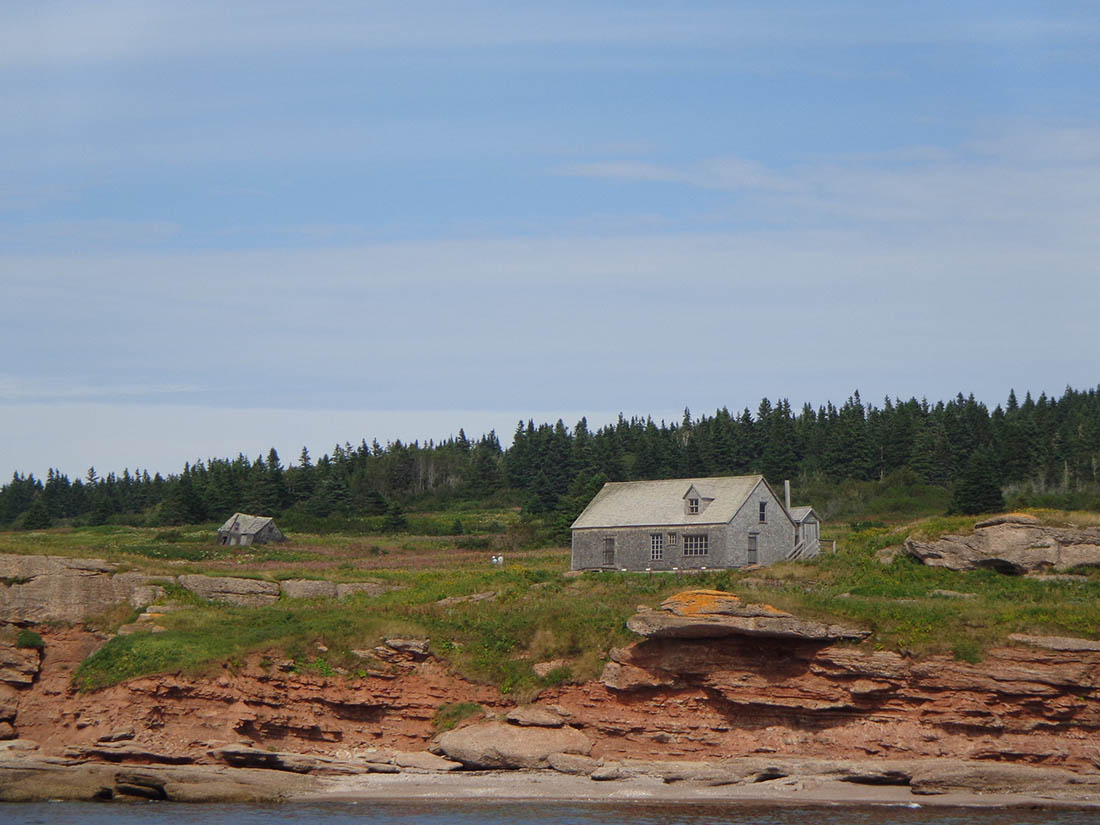Canada is full of stunning places. From mountains to lakes, endless forests and coastlines, the country’s landscapes are as wild as they are beautiful. Below are 13 scenic places across Canada, each selected for their unique ecological landscape, wildlife and culture.

Churchill, Manitoba
Set along Hudson Bay in northern Manitoba, the town of Churchill is known as the “Polar Bear Capital of the World.” It covers an area of 50.83 square kilometres and is only accessible by air or rail. Visitors come for polar bear and beluga whale excursions and Wapusk National Park, which lies within the transition zone between the treeless tundra and the boreal forest.

Dinosaur Provincial Park, Alberta
Dinosaur Provincial Park lies in Alberta’s badlands, shaped by erosion after the Ice Age. Its sandstone and mudstone layers hold fossils from rivers that flowed 75 million years ago. These fossils include dinosaurs, reptiles, amphibians, birds and ancient mammals. The park offers rare insight into prehistoric life and holds more fossil diversity than any similar site. Sparse, desert-like vegetation covers the area.
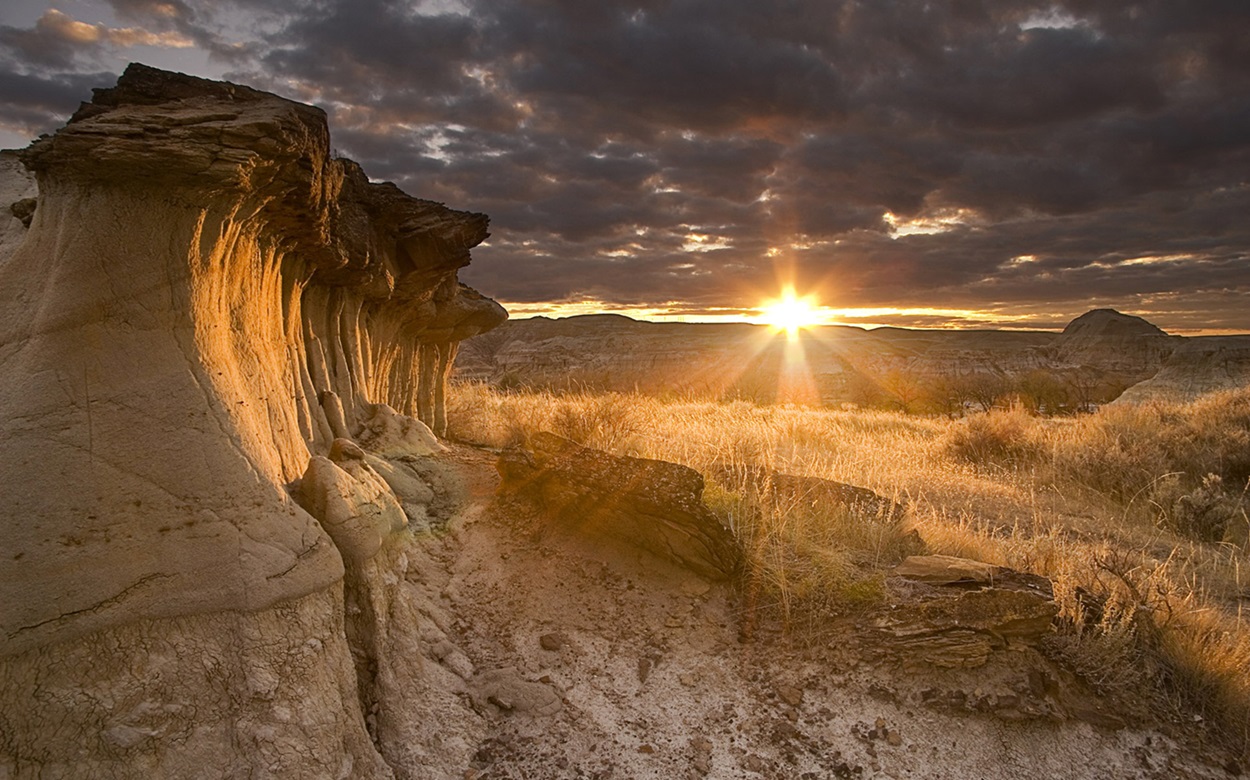
Grasslands National Park, Saskatchewan
Grasslands National Park, in southwestern Saskatchewan near the Canada–US border, spans sun-scorched plains with hidden badlands, meandering rivers and fertile sloughs. Its dramatic landscape supports rare herbs, grasses and Canada’s only black-tailed prairie dog. Wildlife includes pronghorns, coyotes, mule deer and reptiles like prairie rattlesnake. The Frenchman River valley hosts species rarely found elsewhere in Canada. Uplands reveal tipi rings from the early Indigenous presence, adding cultural depth to the vast, open terrain.
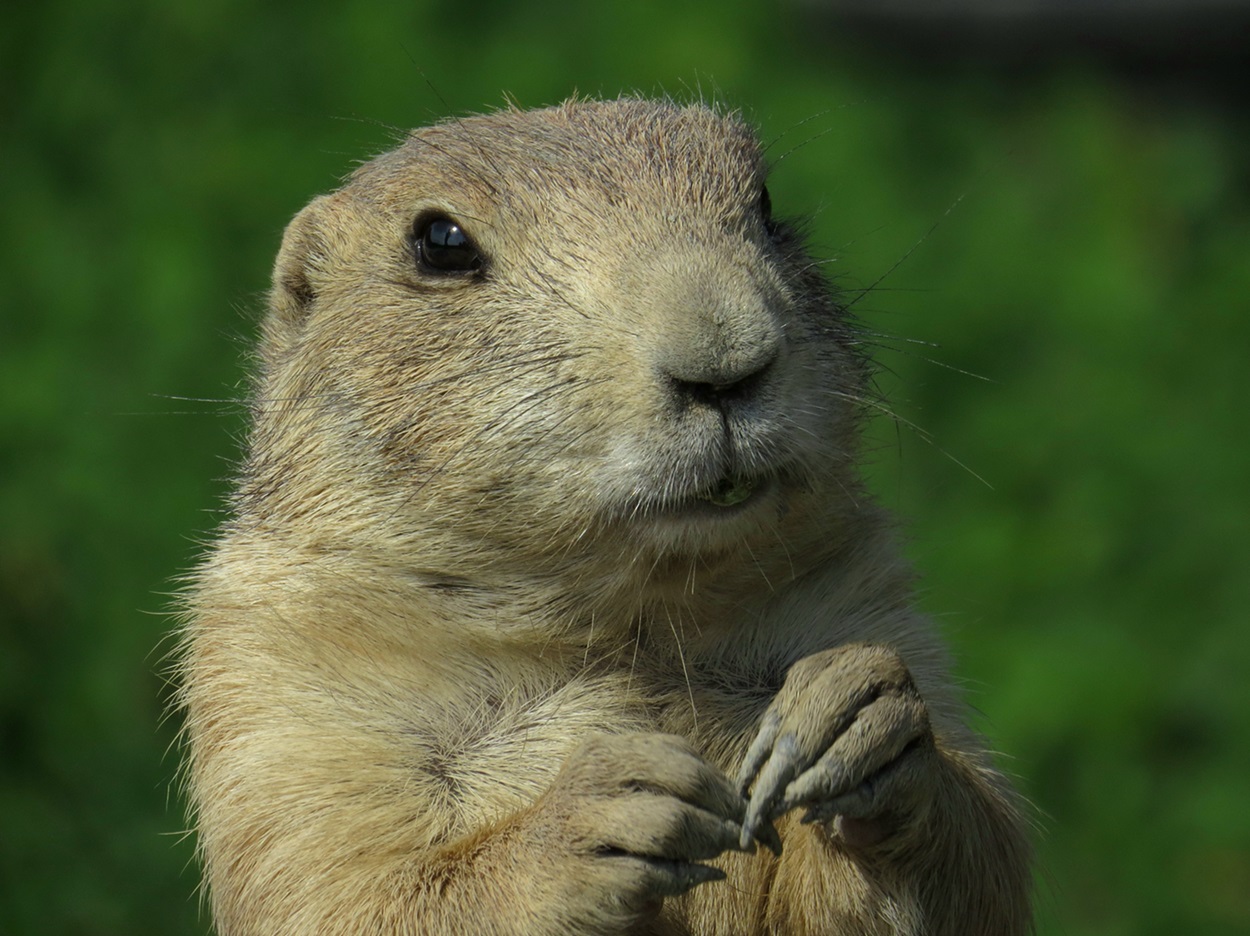
Haida Gwaii, British Columbia
The Haida Gwaii (“Islands of the People” in Haida) is an archipelago consisting of about 150 islands off the north coast of British Columbia. Parts of Haida Gwaii escaped glaciation, and the islands’ isolation made them one of Canada’s most biologically distinct regions. The region is known for temperate rainforests, alpine meadows and rocky marine habitats. Numerous plants on the Haida Gwaii are only found there or in distant lands such as Japan.
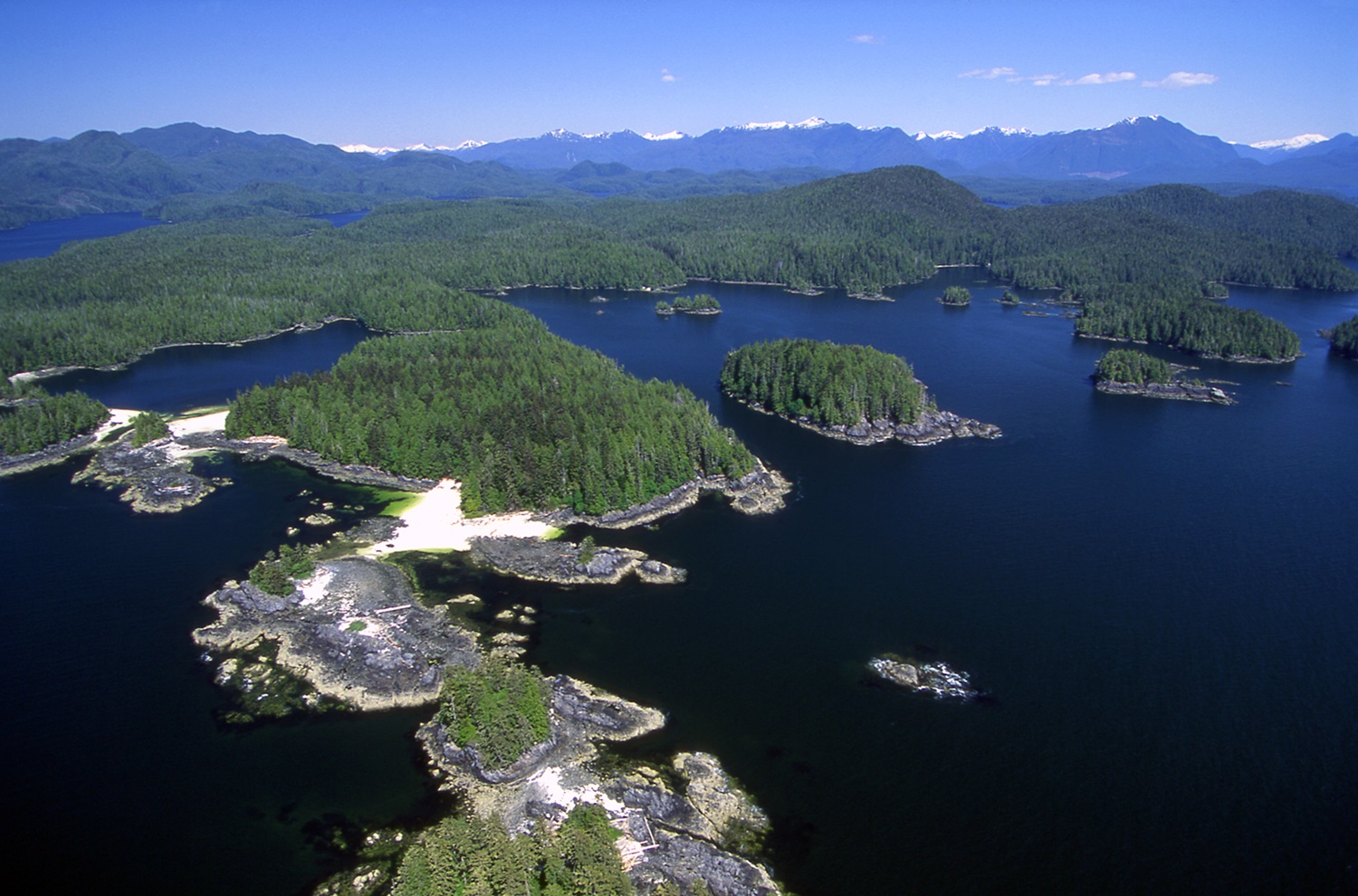
Iqaluit, Nunavut
Iqaluit is the capital and largest community in the territory of Nunavut. It is also the territory's only city. Visitors can buy Inuit arts and crafts in most stores. Displays of Inuit dramas, music, dance, song and fashion are juxtaposed comfortably with more southern events such as sports competitions. Toonik Tyme, the end-of-winter festival held in April, captures both traditional and modern aspects of the North, from igloo building to snowmobile racing. Three nearby territorial parks are accessible through local outfitters via boat, snowmobile or dog team. Iqaluit has become the gateway to the eastern Arctic, both logistically and culturally, because of its blend of modern facilities and technology with Inuit traditions.
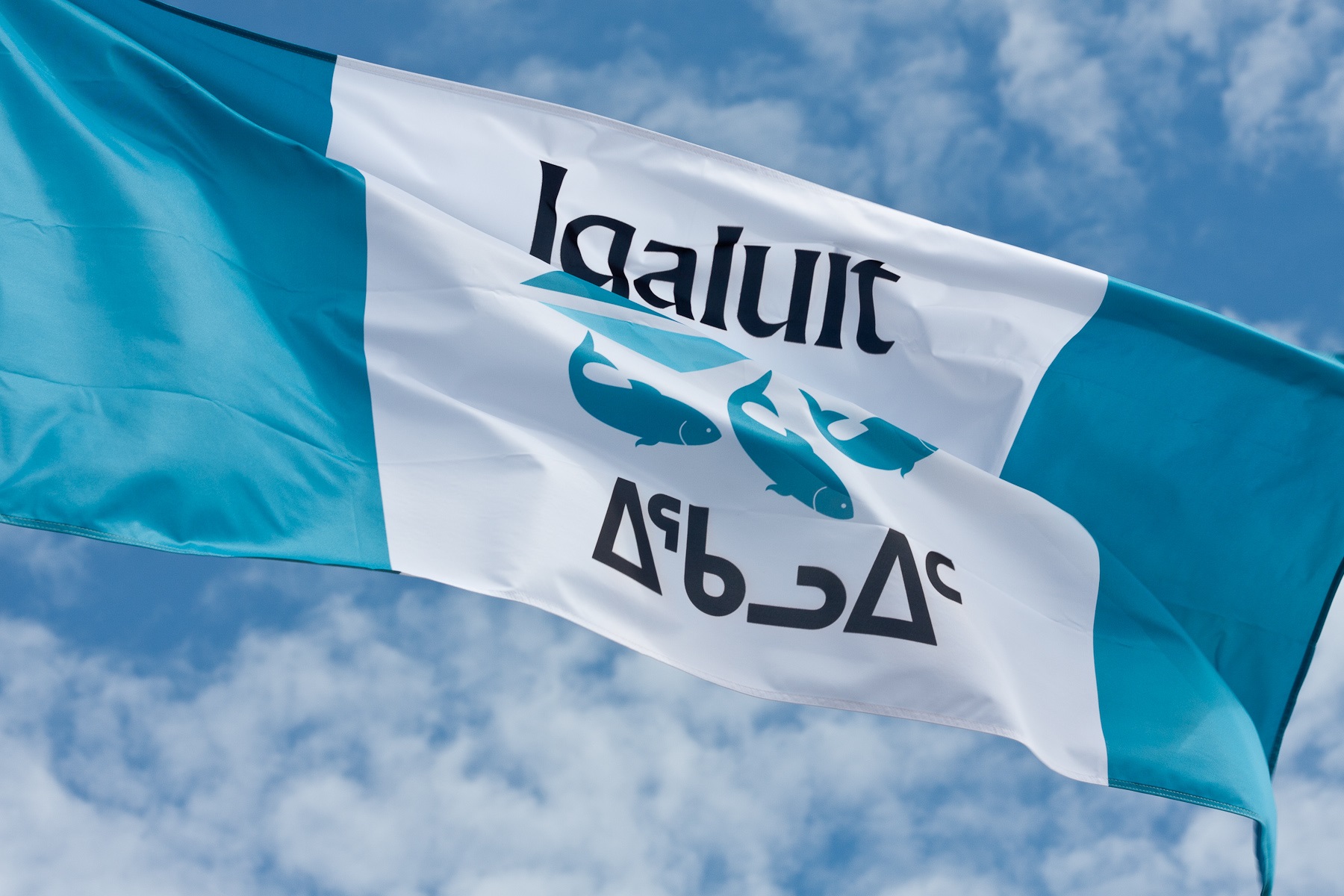
Kejimkujik National Park, Nova Scotia
Kejimkujik National Park in southwestern Nova Scotia is a glacier-scarred park with brooding forests, dark waters, coastal shorelines, marshes, bogs and shallow lakes. Visitors can explore ancient hemlocks, quiet marshes and waterways ideal for canoeing. The park features Mi'kmaq petroglyphs and diverse wildlife, including ribbon snakes, Blanding's turtle, black bears, mink, flying squirrels and red foxes, and a 22 km stretch of seacoast with seals and piping plovers.
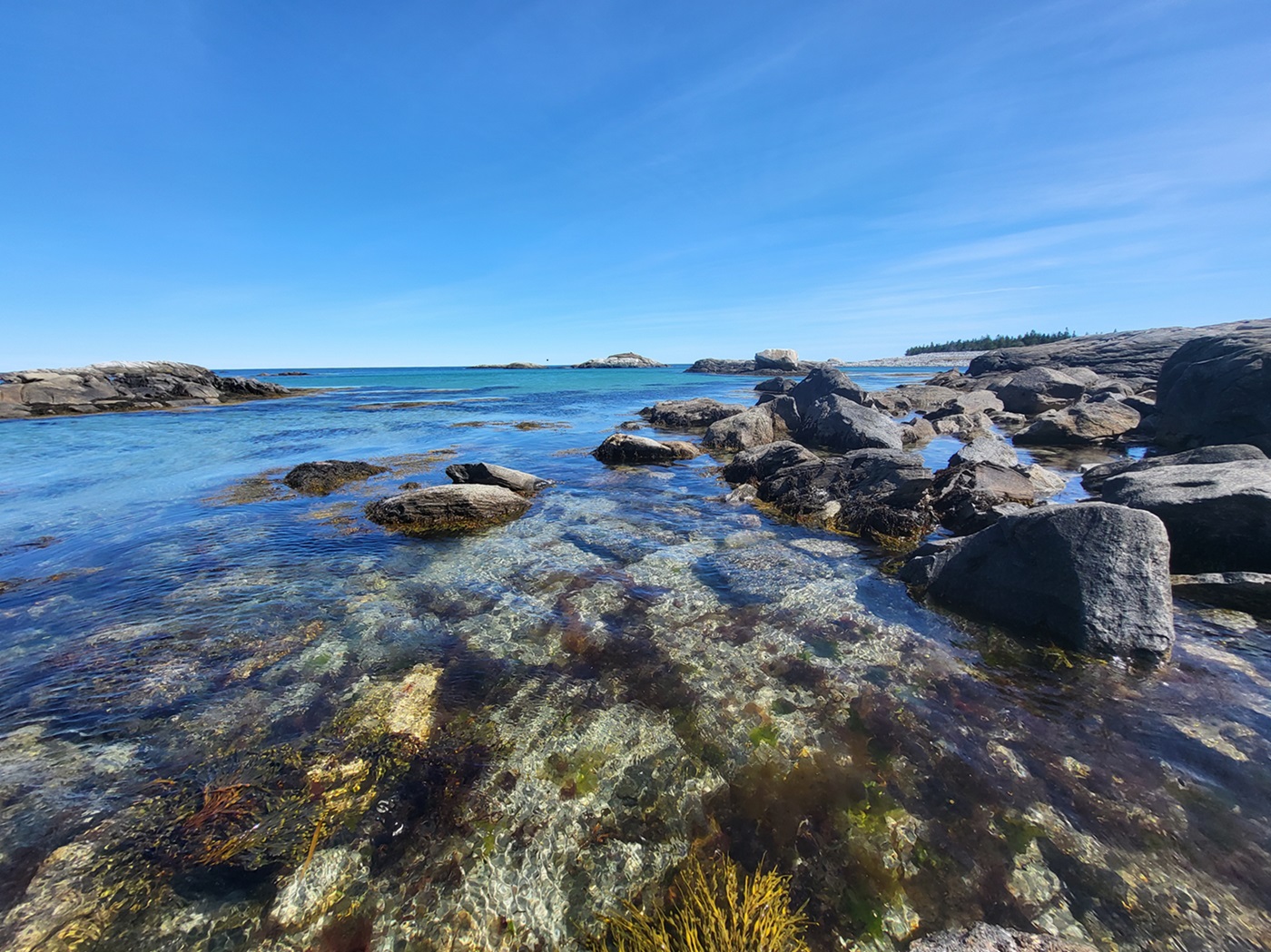
Kouchibouguac National Park, New Brunswick
Kouchibouguac National Park, on New Brunswick’s eastern shore, features beaches, dunes, salt marshes and a 25 km barrier island system sheltering calm lagoons. Rivers and estuaries support striped bass, while endangered piping plovers and common terns nest on beaches and islands. A mixed maritime forest surrounds the area, now in early regrowth from past logging and farming. A boardwalk has been built to focus the impact of visitors on a small section of the delicate sand dune and salt marsh habitats. The park’s name, meaning “river of the long tides,” reflects its gentle river flows and tidal influence.

Manitoulin Island, Ontario
At 2,765 km2, Manitoulin Island is the world’s largest island within a freshwater lake. Part of a scenic archipelago in Lake Huron, it features a rugged, rocky shoreline and many interior lakes. Its natural beauty and outdoor opportunities have made it a popular destination, and tourism and agriculture are now central to the island’s economy.

Mistaken Point, Newfoundland and Labrador
Mistaken Point, located in southeastern Newfoundland on the Avalon Peninsula, features exposed fossil beds from 580–560 million years ago, where over 10,000 fossils have been discovered. Preserved in volcanic ash, these fossils capture the seafloor as they were during the Ediacaran period of the Precambrian (see Geological History of Canada). The site is now part of the 17-km-long Mistaken Point Ecological Reserve, established by the Government of Newfoundland and Labrador in 1987, and it was designated a UNESCO World Heritage Site in 2016.

Prince Edward Island National Park, Prince Edward Island
Prince Edward Island National Park features red sandstone cliffs, wide beaches and shifting dunes held by the roots of slender grasses. Spruce and birch forests shelter raccoons, foxes and mink. Salt marshes and ponds attract migrating birds, including great blue herons and rare piping plovers. The park stretches over 40 km along PEI’s north shore, offering a mix of coastal scenery and rich wildlife habitats.

Tadoussac, Quebec
Tadoussac is well known as the central point of the Saguenay-St Lawrence Marine Park and at the southern end of the parc national du Fjord-du-Saguenay. The Saguenay–St. Lawrence Marine Park is recognized as one of the best places in the world to see whales, with 13 different species frequenting the waters of this region. Whale-watching tours regularly see up to six different species of whales during the peak season. Seals, seabirds and other marine life are also plentiful.

Yellowknife, Northwest Territories
Yellowknife, the capital of the Northwest Territories and the territory's only city, features many opportunities for recreation. Tourism is an increasingly important sector of the economy with outdoor recreation (e.g., wildlife viewing, fishing, canoeing, hiking), the midnight sun during the summer and Indigenous cultural events acting as tourist draws. Yellowknife, with its dark skies and northern location, is especially well known for its northern lights. During peak season, there is a 98 per cent chance of seeing an aurora in Yellowknife at least once in three days.

Yukon River, Yukon
The Yukon River, among the longest rivers in the country (see Longest Rivers in Canada), flows north and northwest across the Yukon. A diverse ecosystem surrounds the river due to the banks being dominated by alpine tundra and boreal forest, with plant species like spruce and poplar. Major fish include Arctic grayling, Dolly Varden trout, salmon species and rainbow trout. Wildlife relies on the river, including bald eagles, bears, beavers and moose. Smaller invertebrates like mussels, clams and snails also inhabit the river.
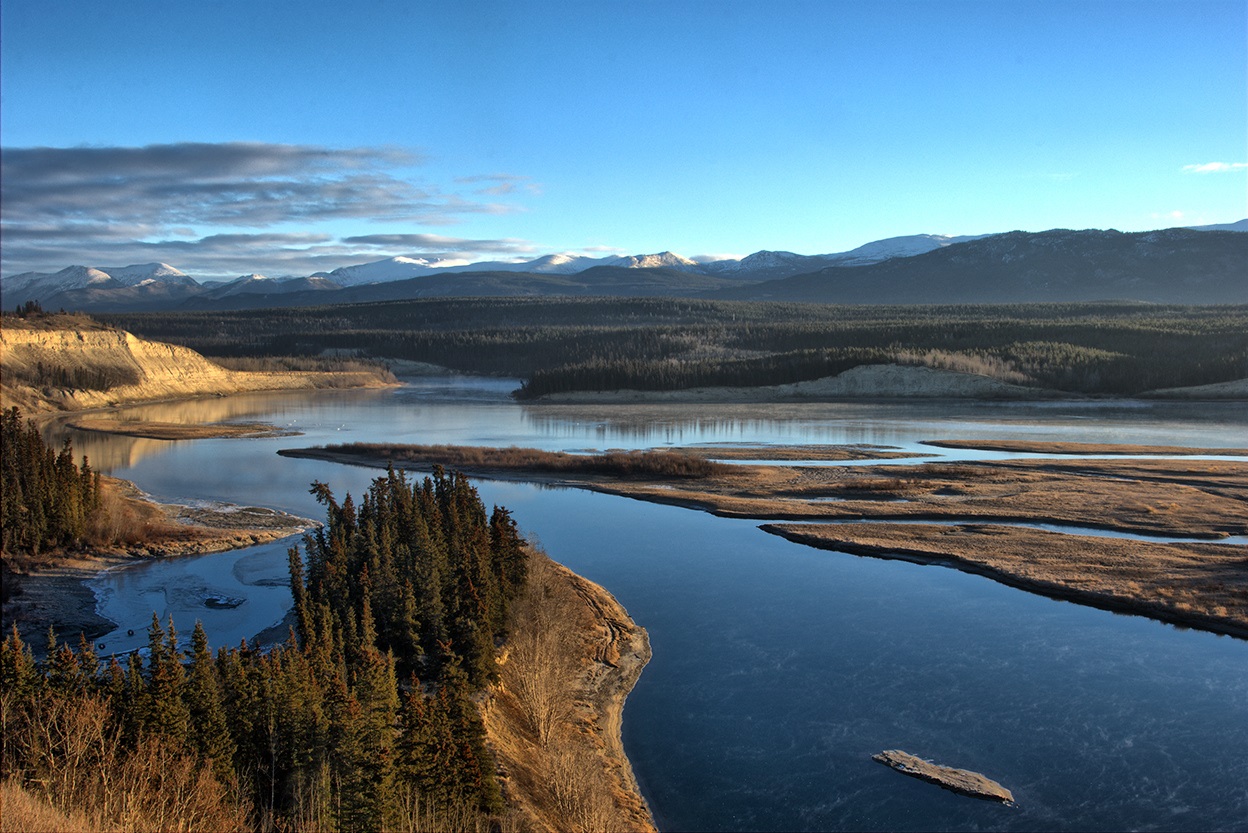

 Share on Facebook
Share on Facebook Share on X
Share on X Share by Email
Share by Email Share on Google Classroom
Share on Google Classroom
